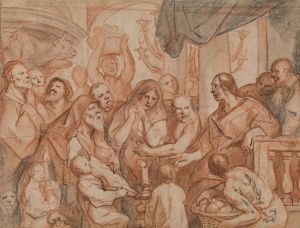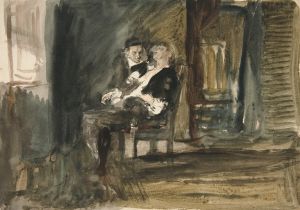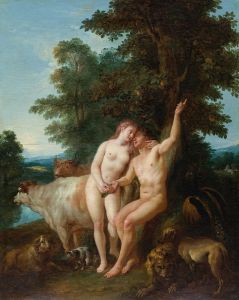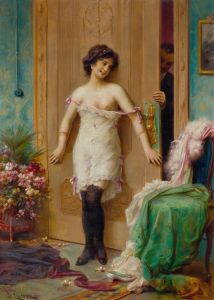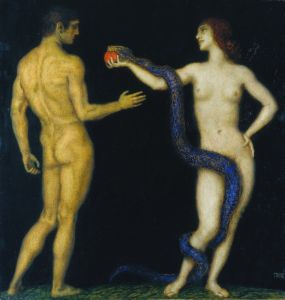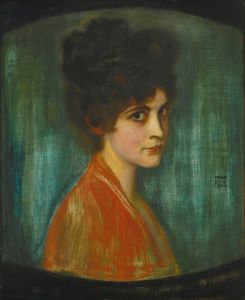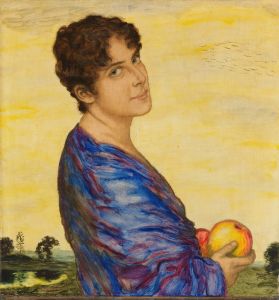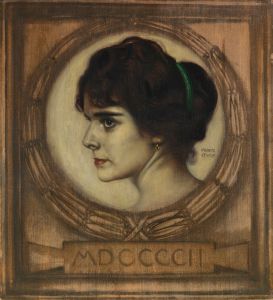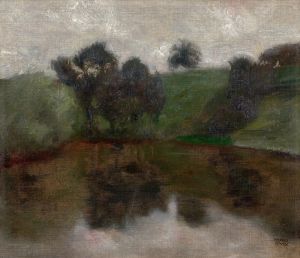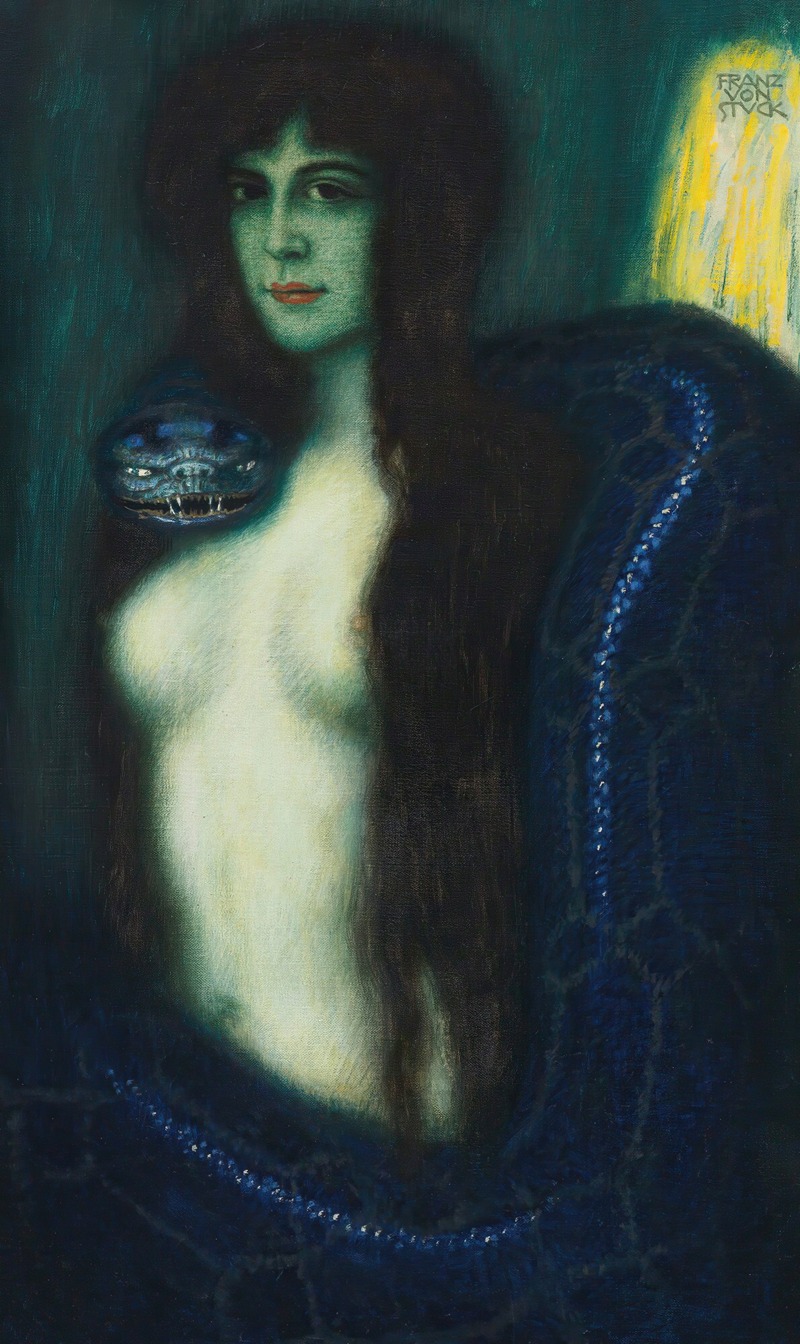
Die Sünde
A hand-painted replica of Franz von Stuck’s masterpiece Die Sünde, meticulously crafted by professional artists to capture the true essence of the original. Each piece is created with museum-quality canvas and rare mineral pigments, carefully painted by experienced artists with delicate brushstrokes and rich, layered colors to perfectly recreate the texture of the original artwork. Unlike machine-printed reproductions, this hand-painted version brings the painting to life, infused with the artist’s emotions and skill in every stroke. Whether for personal collection or home decoration, it instantly elevates the artistic atmosphere of any space.
"Die Sünde" (translated as "The Sin") is a renowned painting by the German Symbolist artist Franz von Stuck. Created in 1893, this artwork is one of Stuck's most famous and enduring pieces, exemplifying his fascination with themes of temptation, morality, and the human condition. The painting is widely regarded as a masterpiece of the Symbolist movement, which sought to convey deeper emotional and spiritual truths through symbolic imagery.
The composition of "Die Sünde" centers on a striking female figure, often interpreted as a personification of sin or temptation. She is depicted partially nude, her body illuminated by a dramatic play of light and shadow that enhances the painting's mysterious and seductive atmosphere. Draped across her shoulders is a large, coiled serpent, a traditional symbol of sin and temptation in Judeo-Christian iconography. The serpent's head is positioned near the woman's face, reinforcing the connection between the two and evoking the biblical story of Adam and Eve in the Garden of Eden.
The background of the painting is dark and undefined, drawing the viewer's attention entirely to the central figure and the serpent. This use of chiaroscuro—contrasting light and shadow—creates a sense of depth and drama, a hallmark of Stuck's artistic style. The woman's expression is enigmatic, with a gaze that seems both alluring and unsettling, inviting viewers to contemplate the nature of sin and its allure.
"Die Sünde" was first exhibited in 1893 and quickly gained widespread attention, solidifying Franz von Stuck's reputation as a leading figure in the Symbolist movement. The painting's provocative subject matter and masterful execution resonated with contemporary audiences and continue to captivate viewers today. It reflects the late 19th-century fascination with themes of decadence, morality, and the duality of human nature, which were central to the Symbolist aesthetic.
Franz von Stuck (1863–1928) was a prominent German painter, sculptor, and architect, known for his contributions to the Munich Secession, an art movement that sought to break away from traditional academic art. His works often explored mythological and allegorical themes, characterized by their dramatic compositions and psychological depth. "Die Sünde" remains one of his most iconic creations and is housed in the Neue Pinakothek in Munich, Germany.
The painting continues to be studied and admired for its technical brilliance and its exploration of timeless themes, making it a significant work in the history of Western art.





